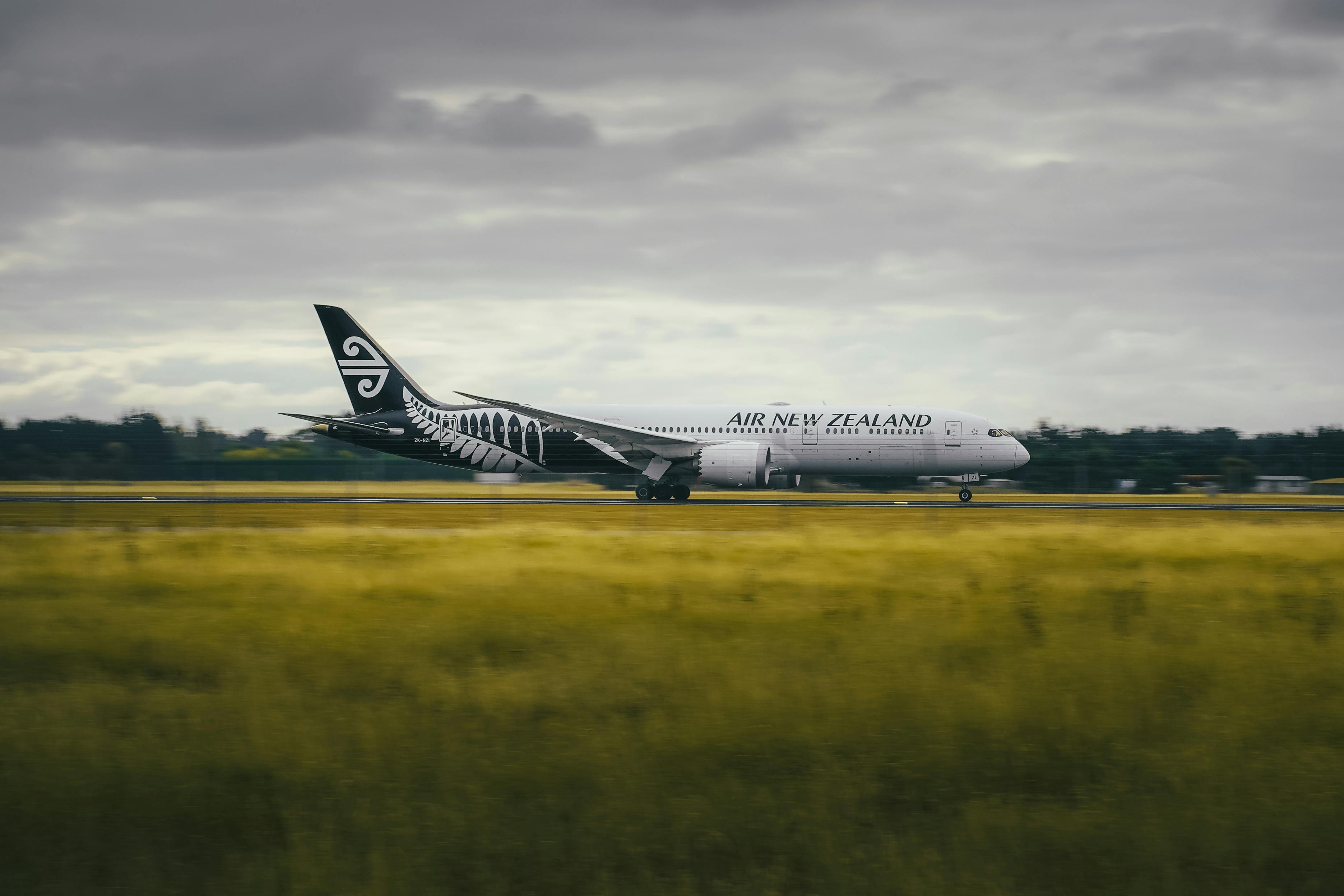
Introduction
On June 12, 2025, a tragic incident occurred involving Air India Flight AI171, a Boeing 787-8 Dreamliner that was en route from Ahmedabad to London. The flight crashed shortly after takeoff, resulting in the loss of 241 lives aboard and additional fatalities on the ground. This catastrophic event has not only raised intense concerns about aviation safety but has also initiated a comprehensive global investigation into the technological factors that contributed to the crash.
This incident is now regarded as the deadliest accident involving the Boeing 787 and represents the most significant air disaster in India in several decades. As the aviation world focuses on the technology systems within this aircraft, rigorous examination of elements such as fly-by-wire control mechanisms, sensor input modules, and onboard automation is underway.
Black Boxes Recovered and Analysis Underway
The Aircraft Accident Investigation Bureau of India (AAIB) has confirmed the successful recovery of both the Flight Data Recorder (FDR) and Cockpit Voice Recorder (CVR) from the crash site. These crucial pieces of equipment have been transported to New Delhi for analysis. They are expected to provide significant insights into the events leading up to the crash, including essential data on speed, altitude, engine performance, and cockpit conversations.
Preliminary findings indicate that the aircraft failed to gain sufficient altitude during takeoff, experienced a stall at roughly 600 feet, and subsequently plunged downward. Key areas of investigation encompass:
- Misconfiguration of the aircraft’s flaps or slats.
- Delayed retraction of landing gear, unless attributable to another factor.
- Potential sensor or avionics failures.
- Engine thrust irregularities during the initial takeoff phase.
Experts from the National Transportation Safety Board (NTSB) of the United States, the Air Accidents Investigation Branch (AAIB) from Great Britain, Boeing, and GE Aerospace are collaborating with Indian authorities in the investigation to uncover the factors contributing to this tragic event.
Investigating Boeing 787 Flight Systems
The Boeing 787 Dreamliner is renowned for its cutting-edge fly-by-wire technology, which integrates sophisticated sensor systems and partial automation to assist pilots. The investigation is critically examining these flight systems to pinpoint potential flaws.
Investigators Focus on Sensor Discrepancies
In the wake of the crash, investigators are considering several scenarios:
- The aircraft’s failure to correctly interpret altitude or airspeed due to sensor discrepancies.
- Possible software glitches leading to errors in thrust application or flight configuration.
- Issues with the Ground Proximity Warning System (GPWS), including warnings that either malfunctioned or failed to activate.
One investigator remarked on the reliance of the Boeing 787 on sensor fusion and automated decision-making during critical flight phases, highlighting that even minor errors in the early moments post-takeoff could trigger a catastrophic chain reaction.
Engines and Avionics Under Scrutiny
The investigation is also scrutinizing the two GEnx-1B engines that powered the aircraft, manufactured by GE Aerospace. Despite a solid safety history, these engines are undergoing in-depth forensic evaluations to identify any mechanical or electronic failures.
Aviation engineers are investigating the telemetry data from sensors integrated within the engine nacelles, as erroneous sensor readings could have contributed to the loss of lift during the flight.
GE Aerospace has committed to cooperating with authorities and asserts that no prior anomalies had been reported related to this specific aircraft.
AI, Automation, and Pilot Interaction
While the Boeing 787 is not fully autonomous, it employs AI-like systems to monitor flight parameters. Investigators are examining whether any of these automated systems:
- Misinterpreted real-time data due to incorrect sensor inputs.
- Failed to appropriately adjust based on pilot input.
- Lacked adequate warning mechanisms to notify the crew of critical configuration issues or stall risks.
The interaction between human pilots and machine systems is a vital area of focus. Investigators are seeking to determine if the crew operated based on flawed data and whether the automated systems misinterpreted potential malfunctions. Clarifying these aspects could take weeks.
Diving Deep into Crash Zone Analysis
The crash zone is being meticulously analyzed using Lidar scanners, drones, and infrared imaging technology to create three-dimensional models of the debris field. Investigators are also employing AI software to analyze satellite images, thermal readings, and CCTV footage from before and after the tragedy.
This incident marks a pioneering approach, as it is the first time an accident site in India has been digitally reconstructed utilizing quantum computing resources. A team from IIT Gandhinagar is assisting in modeling flight dynamics based on telemetry and acoustic data from surrounding areas.
Public Reaction and Global Implications
The tragedy has prompted widespread scrutiny over Boeing’s safety practices. Following the accident, Boeing’s stock saw a decline of about 9%, reflecting concerns about the company’s ongoing challenges stemming from previous incidents.
The Ministry of Civil Aviation in India has announced a thorough review of all Dreamliner aircraft currently in operation by Indian airlines. A special round table is slated for June 20, gathering representatives from aviation AI start-ups and defense technology firms to discuss advancements in domestic research and development for flight safety systems.
Dr. Anjali Mehta, an aviation policy analyst based in Bengaluru, expressed that this incident highlights the critical need for indigenous aviation technology. She emphasized the necessity for an internal system to enable effective auditing, verification, and monitoring of aircraft performance within Indian airspace.
Looking Forward: Responsibility and Innovation
As more details emerge surrounding the AI171 incident, it is evident that technology will play a central role in unraveling the truth. From sensor diagnostics to algorithm assessment of black box data, the landscape of aviation safety is increasingly reliant on both software and hardware integrity.
For India’s aviation industry, this tragedy serves as a turning point—one that necessitates innovation, regulation, and transparency in equal measures. Insight Tech Talk remains committed to tracking the implications of this investigation and its impact on the global aviation and aerospace technology landscape.